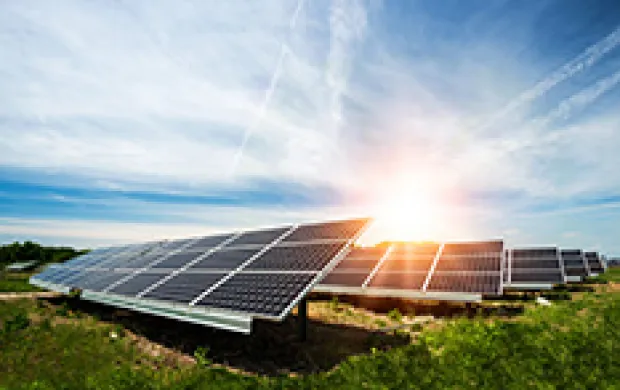How ENERGY STAR Protects the Environment

In the Clean Air Act, Congress directs the U.S. Environmental Protection Agency (EPA) to demonstrate non-regulatory strategies to prevent air pollution, including energy efficiency and fuel-switching to cleaner fuel sources.
So how does ENERGY STAR prevent air pollution and help the environment? Simple. By creating a market for energy efficient products, homes, and buildings, EPA has helped to increase the production and adoption of energy-efficient technologies and practices. The result is that American consumers and businesses use less energy to get the same job done. Less energy used means fewer fossil fuels burned at power plants. Fewer fossil fuels burned means fewer greenhouse gas emissions and other air pollutants being released into the atmosphere. Last year, the program’s emissions reductions were equivalent to more than five percent of total U.S. greenhouse gas emissions.
Learn more about energy efficiency, how ENERGY STAR works to fight climate change, and why energy efficiency will play a major role in the clean energy future.
Learn More
Energy efficiency means using less energy to get the same job done—cutting energy bills and reducing pollution.
America has begun the transition to a clean energy future. Take action now to prepare.



